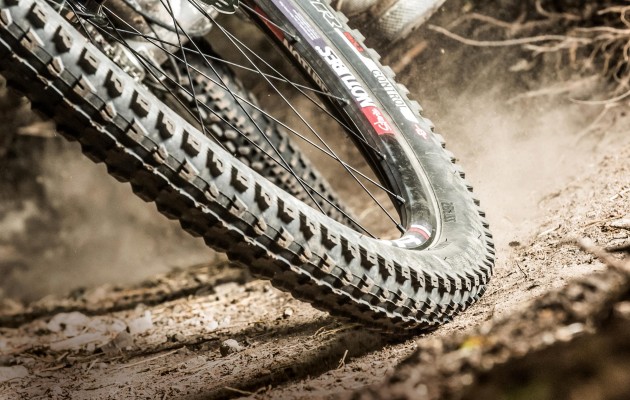Roll softly on the Earth
Pumping up your tyres harder will make you roll faster over the trail, right? Dead wrong. The most significant factor in rolling resistance — by a country mile — is the surface on which you’re riding, so says the latest research.
You can release a bit of air, lock out the suspension, even cut off your own head to reduce weight, it won’t make much difference; no matter whether you’re spinning 26 or 29 inches of rubber, you can be sure that it’s the ground beneath your wheels that plays the most important role in rolling resistance and, thus, your speed.
>>> Click here to find the best mountain bike tyres
How do we know this?
A South African team has done the tests and come up with the numbers. They used both hardtails and full-suspension 26ers and 29ers, riders of three different weights (70, 80 and 90kg) and three different tyre pressures (26, 36 and 72psi).
Then they did the most boring thing you can do on a bike: a roll-down test. It is exactly what it sounds like it is — rolling down an incline until you slow to a stop or fall asleep, and on a variety of surfaces. Which gives a pretty good indication of rolling resistance.
What did they find?
Tyre pressure makes minimal difference to your momentum. As far as rolling resistance goes, yes, a 26er doesn’t do quite as well as a 29er, but full-sus doesn’t have the edge over a hardtail.
What should I do with my pressures, then?
Forget about pumping up your tyres hard for long rides. Instead, drop your pressures to get more traction — useful for cornering. It’s not going to make a notable difference to the energy you lose through rolling resistance.
*Comparison of tyre rolling resistance for different mountain bike tyre diameters and surface conditions by Wynard J.vdM. Steyn and Janike Warnich




